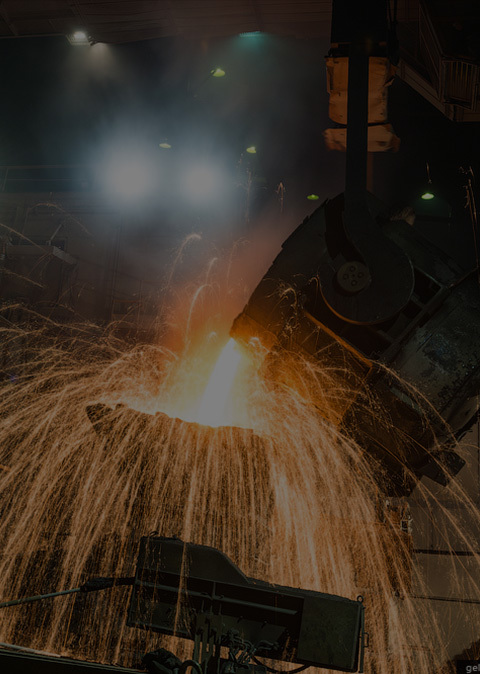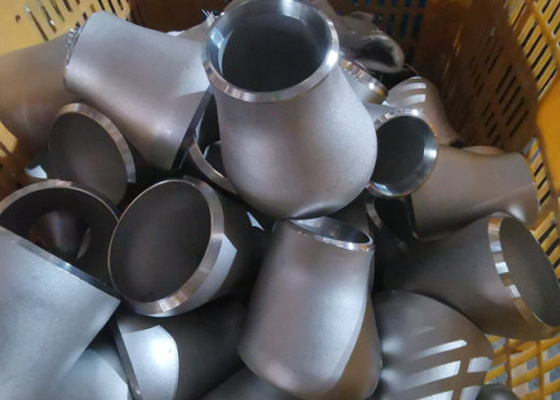
2022.11.26
How to make wear-resistant elbow?
1 Before starting the pipe bender, first check that the main machine, auxiliary machine, water pump, oil pump, air compressor, etc. of the pipe bender are in good condition.
2 Check the intermediate frequency power supply to make sure that all components are in good condition and in standby state.
3 Start the cooling water system and adjust the water pressure to the pressure required by the elbow.
4 Start the oil pump, check the oil system, put the oil quantity control valve in the closed position, and put the other valves in the elbow position.
5 Start the IF power supply.
6 After the intermediate frequency power supply is put in, when the heating temperature of the steel pipe reaches the minimum temperature required by the bend, slowly adjust the oil volume and start pushing the pipe. The increase and decrease must be coordinated with the temperature to ensure that the heating temperature does not exceed the temperature.
7 The method of diathermy for thick-walled alloy tubes can be carried out first, and the diathermy test can generally be carried out by the following methods:
7.1 Use low power to prolong the heat penetration time, so that the temperature of the outer wall of the elbow is not more than 800°C, and the temperature of the inner wall of the steel pipe reaches about 600°C. Slowly push the pipe to bend the pipe. Tube temperature and pushing speed, reach the rated parameters to bend the tube.
7.2 For thick-walled pipes with a pipe diameter greater than 300 mm and a wall thickness greater than 30 mm, if one-time diathermy fails (that is, when the temperature of the outer wall reaches 850 °C and the inner wall is not red), the temperature of the outer wall should be strictly controlled. When the temperature of the outer wall reaches 950 °C At this time, turn off the intermediate frequency power supply, and when the temperature of the outer wall drops to 750°C (at this time, due to heat conduction, the temperature of the inner wall rises to about 600°C), immediately turn on the power supply again, and slowly push the elbow. If it is less than 600°C, the above method can be repeated once. When the temperature of the outer wall still does not reach 600°C for the second time, the machine should be shut down to study the cause, and the pipe may be bent after formulating countermeasures.
8 During the pipe bending process, check frequently:
8.1 Frequently check the operation of water pumps, oil pumps, and air compressors, and deal with any abnormalities in time;
8.2 Monitor the surrounding gap between the induction coil and the elbow and the cooling of the spray hole, and adjust and pass through the hole if necessary to make the heating belt of the elbow normal to ensure the quality of the elbow;
8.3 Pay attention to check the oil cylinder, there should be no air leakage, so as to prevent excessive crawling or unstable oil pressure, which will affect the quality of the elbow.
9 In case of water or power failure, stop the machine in time and move the oil cylinder back in time. If you can continue to bend the pipe in a hot state, turn the arm back slightly so that the steel pipe is not stressed, and restart the pipe bending. To avoid waviness or cold drawing at the connection.
10 Shutdown sequence of the elbow, first stop the heating power supply and the oil quantity control valve, then stop the cooling water or compressed air according to the cooling condition of the heating belt, and immediately loosen the front chuck (to prevent the rebound force after cooling and make it difficult to open), Then return the oil cylinder, and finally stop each accessory system.
11 To ensure that there are no obstacles around the pipe bending machine that hinder the operation of the machine tool, oil the rails, screw rods and lubricating parts frequently to ensure cleanliness.
12 Fill in the equipment maintenance records and equipment repair records on time.
13 When hoisting the steel pipe, the pipe bender should first check whether the steel wire rope and the snap ring are qualified. According to the lifting weight within the range of the safety factor of the steel wire rope, the steel wire rope and the snap ring should be used reasonably, and the hoisting angle should be reasonable.
14 The hoisted pipe should be stable, and the staff should not stand under the hoisted pipe. When going up and down the block, the operator should stand in a stable and safe position, and the replaced block should have lifting lugs.
Learn more >










 2024.06.08
2024.06.08




